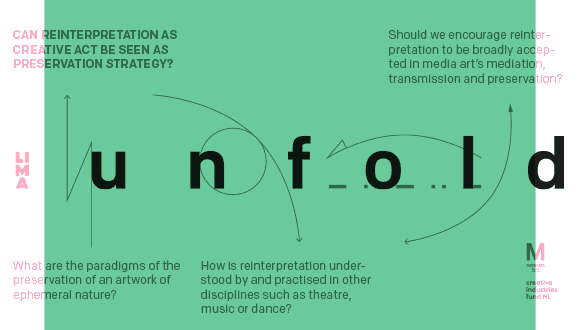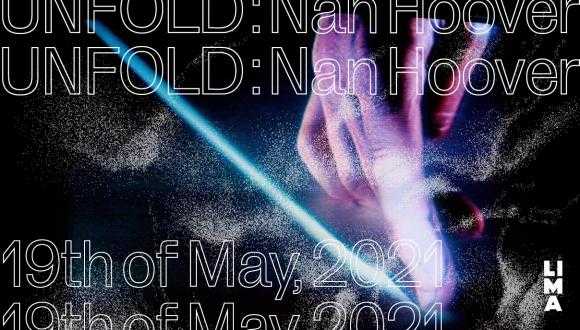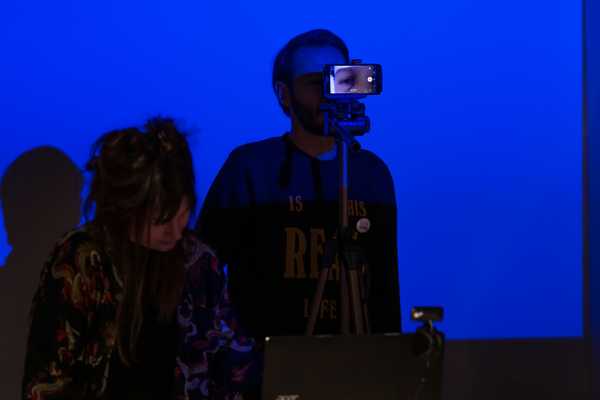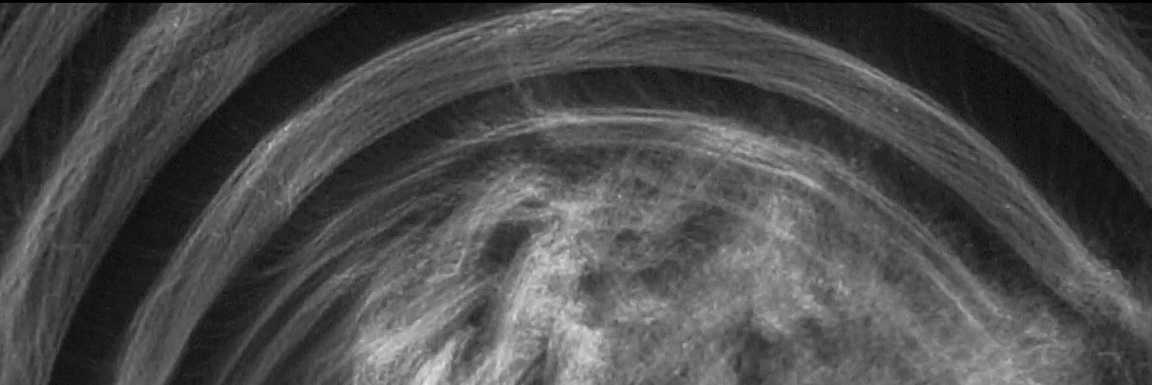
UNFOLD Case Study: #67
The process of creating this work by Joost Rekveld.
#67 by Joost Rekveld was commissioned by LI-MA within the context of UNFOLD: Mediation by Remediation, a research project and a collaborative, international research network that examines re-interpretation as a strategy for the preservation and activation of media art works.
About Joost Rekveld
Joost Rekveld (1970, NL) explores the sensory effects of systems of his own design, frequently inspired by historical impasses in science and technology. Rekveld has been making abstract films and kinetic installations since 1991, initially in search of a ‘music for the eye’. Rekveld has been making abstract films and light installations since 1991. His animations are inspired by cybernetics, artificial life and robotic architecture. His film #11, Marey <-> Moiré (1999) was the first Dutch film to be shown at Sundance Film Festival. He has held positions at the Royal Academy of Art in The Hague, Sonic Acts Amsterdam and the Centre for Visual Music in Los Angeles and works as a writer, teacher and curator.
As an artist in distribution and a member of the UNFOLD research team, Rekveld produced the inaugural re-interpretation case study, with the aim to identify parallels in the mediation of a work of art, and related notions of authorship, authenticity, autonomy, documentation, memory, continuity and liveness.
Original works
Rekveld produced a re-interpretation of two works from the LI-MA collection, namely Reminiscence and Telc by The Vasulkas.
These works by Steina and Woody Vasulka were made around 1974 during the same voyage and using the same techniques. Each video was shot on one location in Bohemia, with a handheld camera, using long takes without any obvious editing. The images were processed through the Rutt-Etra video processor and resynchronised with the direct, unprocessed sound that was recorded with the source images. The result is two works that have a strong first-person perspective, and that seem to navigate an almost abstract, but haptic, image space. The unprocessed sound of the original video recording anchors these abstract images firmly in the everyday world. The works have been interpreted as dealing with the space of memory, and the sense of revisiting spaces that are intimately known from childhood, but that have become foreign through time.
The oeuvre of The Vasulkas – pioneers in the field of video art – is part of LI-MA’s collection, and Rekveld has been inspired by their work for years. He specifically chose to reinterpret these works as they are examplerary of how a single-channel work can document radically different modes of perceiving. To Rekveld, these works are ripe with suggestions of the ways in which technology can move beyond the screen, and mediate interaction with the world.
#67
As a tribute to 'Reminiscence' and 'Telc', #67 – an analogue HD video work – is guided by the concept of 're-afference', a term that refers to the perceptual changes we cause when we move our sensory organs. In #67, we witness a stroll through the electromagnetic worlds of machines and men, a world with a tonal coherence that humans rarely perceive. A world structured by the fundamental frequency of power lines and the analogue video signal. Fragments of unedited video footage are transformed into fascinating, abstract scenery using a Rutt-Etra scan processor. The result is similar to operating within an alien mode of perception, at once visceral in quite a human way, while also preserving something of its real-world referents in a manner that allows the viewer to connect and participate in the image. What remains from the original video footage is the impression of an observer navigating through space, or ‘re-afference’.‘ Reminiscence and Telc were important references for Joost Rekveld's earlier experiments concerning sensory augmentation and his attempts to make environmental phenomena that are not naturally perceivable by humans, visible or tangible.
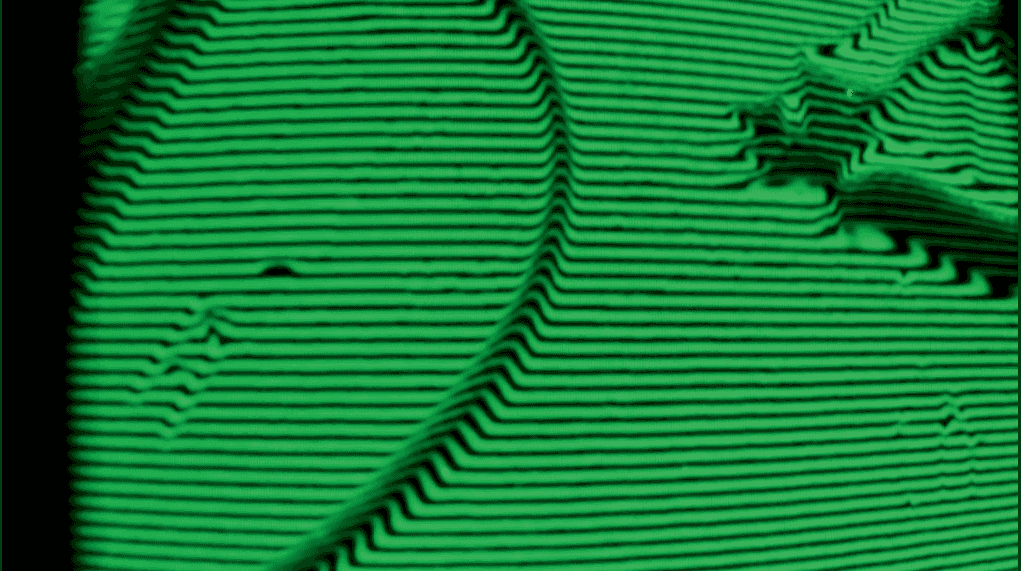
Process
During the making of #67, Rekveld built a modern analogue electronic equivalent of the original Rutt-Etra processor used by The Vasulkas, as part of his interest in the cultures of analogue electronics and analogue computing. As a further exploration of the materiality of signals, Rekveld started capturing the electromagnetic fluctuations omnipresent in an urban environment, as they emanate from power lines, electromotors, fluorescent lights and all sorts of wireless communications. Many of these have frequencies that are multiples of 50 Hz (the frequency of the alternating current in our power networks, and the frame rate of analogue video).
Workshop: Sensory Augmentation and Obstruction
In order to research methods and techniques for his re-interpretation, Rekveld organised a workshop in collaboration with Sonic Acts.
There is a long history of thinking about technology and media as extensions of the body. According to this view, a hammer is an extension of our hand, a car an extension of our feet, and a telescope an extension of our eyes. Science has developed instruments to access phenomena we cannot perceive, since they are too small, too large, too fast, too slow, or because they involve forms of energy that are beyond the scope of our senses. This workshop, organised by LI-MA & Sonic Acts, focused on human senses and investigated the artistic potential of augmenting and obstructing them.
International Film Festival Rotterdam 2017: Light Matters
#67 had its world premiere at the International Film Festival Rotterdam in 2017, as part of its Deep Focus programme. It was screened alongside three other works from Rekveld’s oeuvre focussing on light and matter, named ‘Light Matters’. Rekveld was present for an artist talk.
To read more about #67 in other media, use the buttons below.


